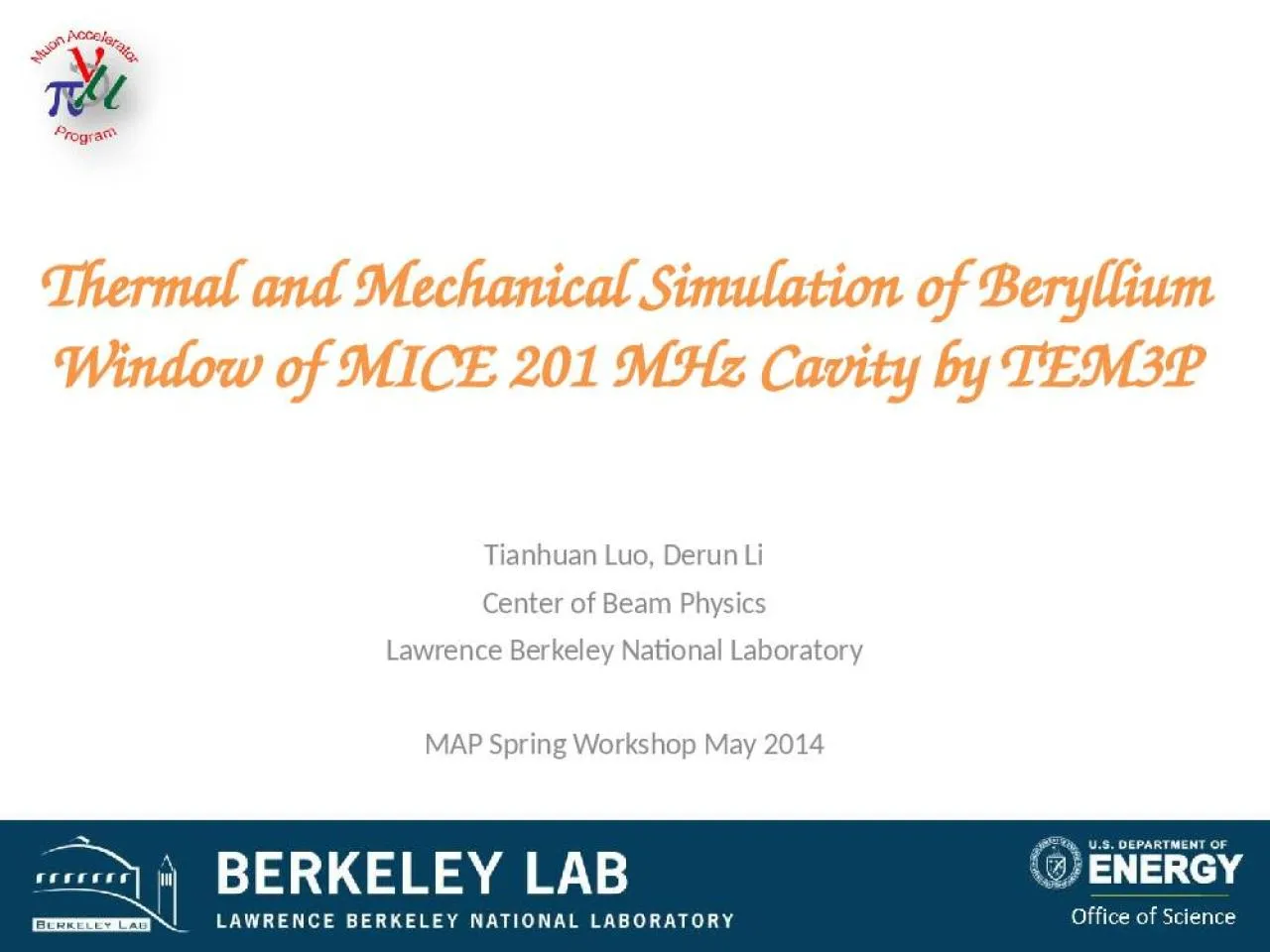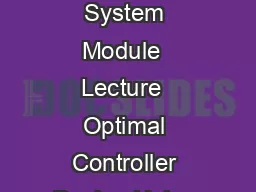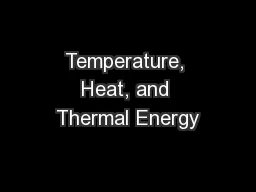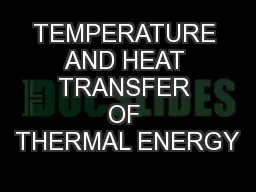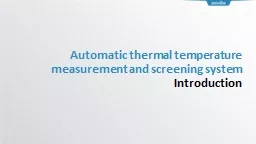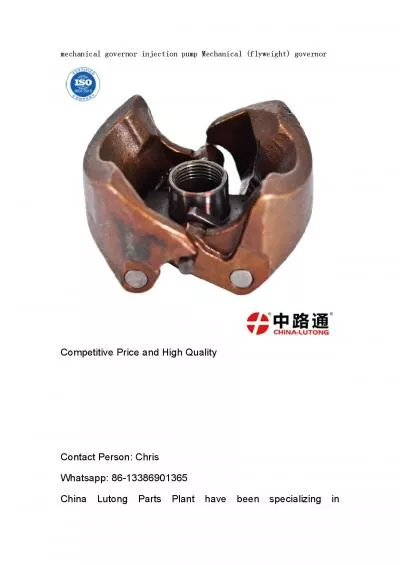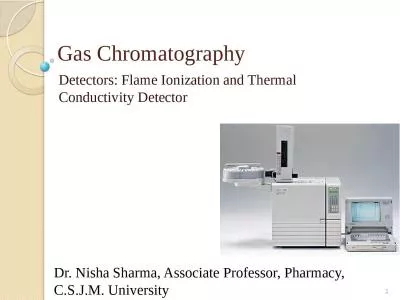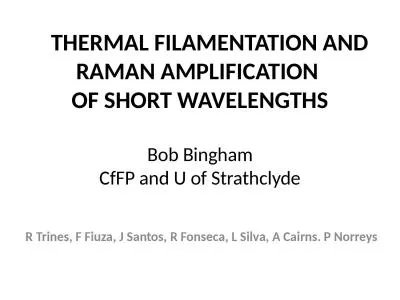PPT-Thermal and Mechanical
Author : samantha | Published Date : 2022-05-31
S imulation of Beryllium Window of MICE 201 MHz Cavity by TEM3P Tianhuan Luo Derun Li Center of Beam Physics Lawrence Berkeley National Laboratory MAP Spring Workshop
Presentation Embed Code
Download Presentation
Download Presentation The PPT/PDF document "Thermal and Mechanical" is the property of its rightful owner. Permission is granted to download and print the materials on this website for personal, non-commercial use only, and to display it on your personal computer provided you do not modify the materials and that you retain all copyright notices contained in the materials. By downloading content from our website, you accept the terms of this agreement.
Thermal and Mechanical: Transcript
Download Rules Of Document
"Thermal and Mechanical"The content belongs to its owner. You may download and print it for personal use, without modification, and keep all copyright notices. By downloading, you agree to these terms.
Related Documents

